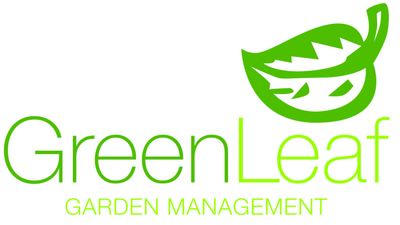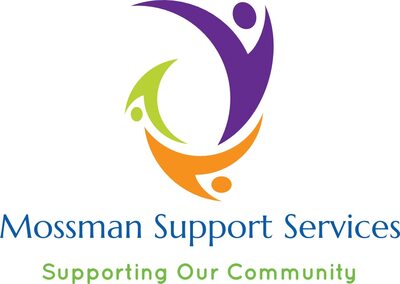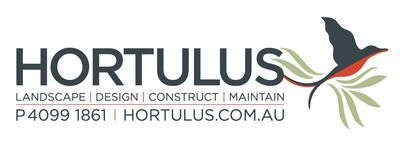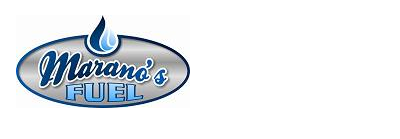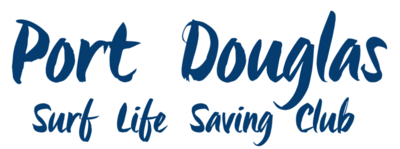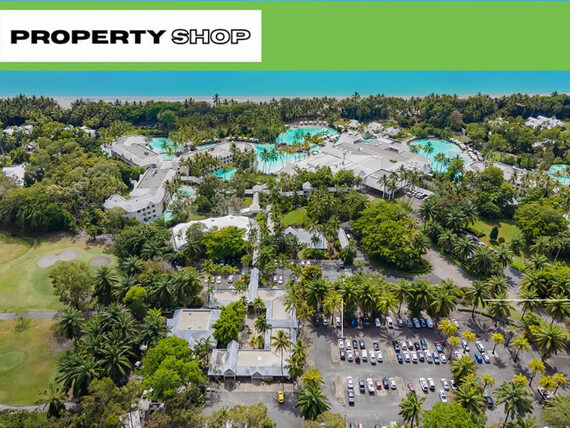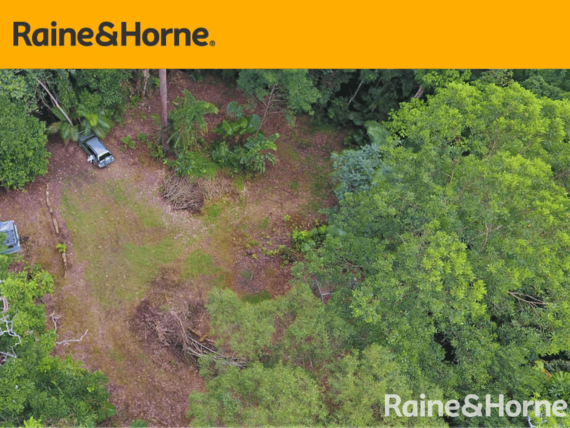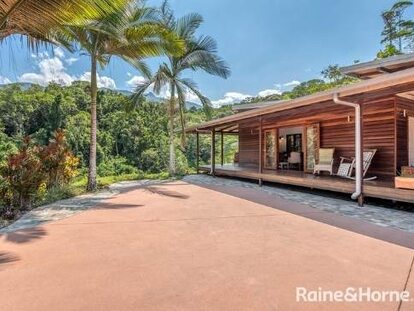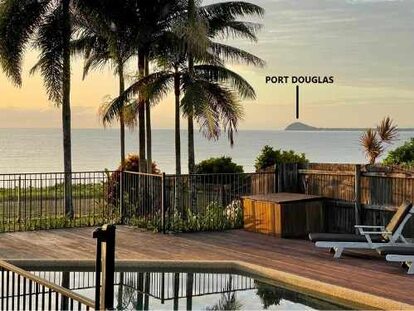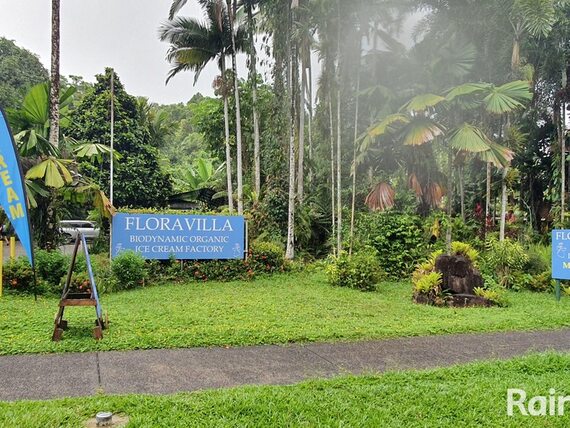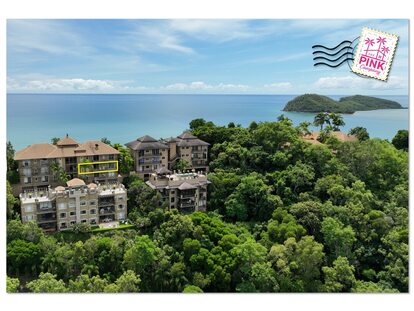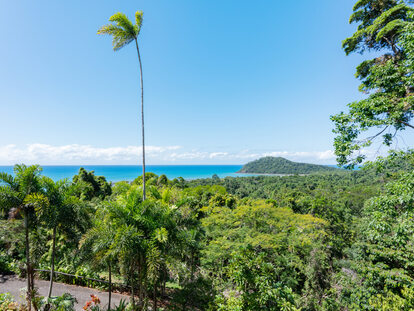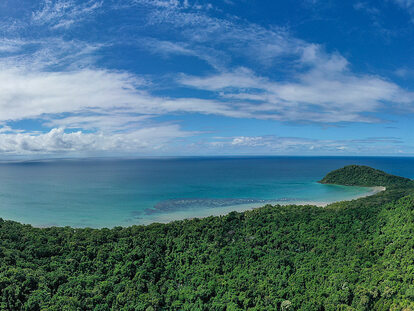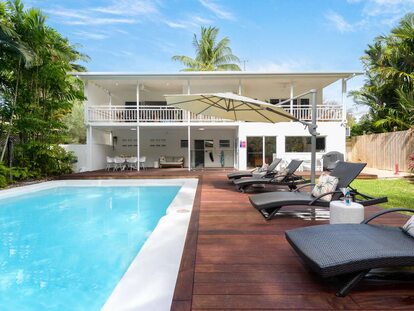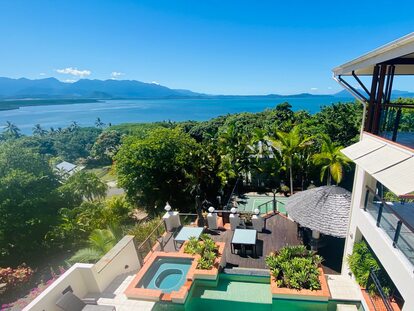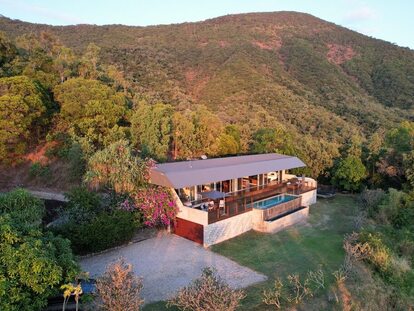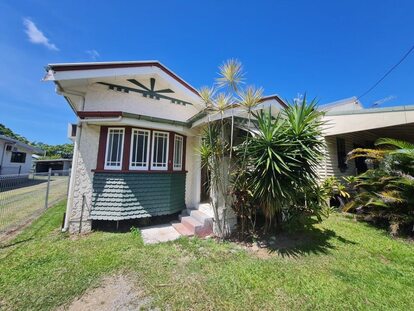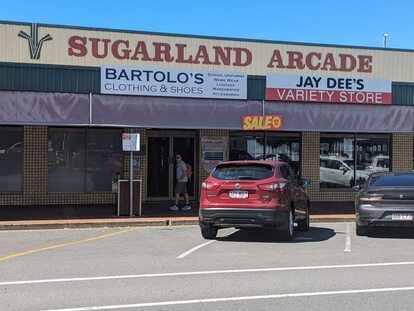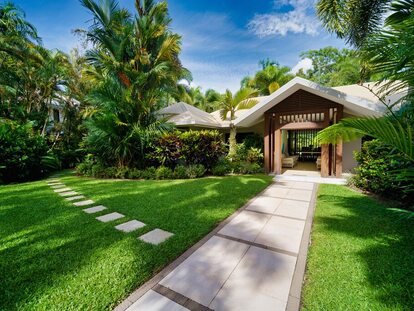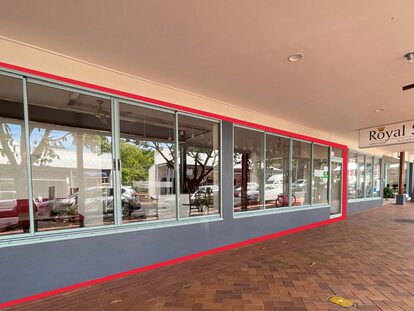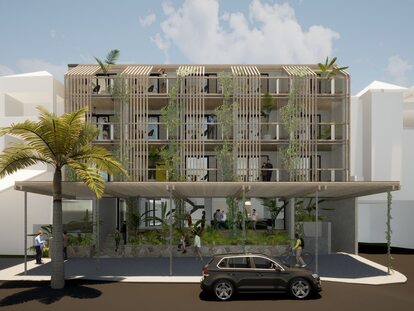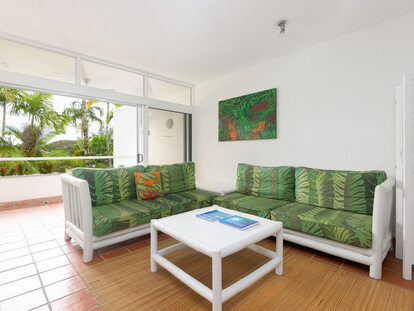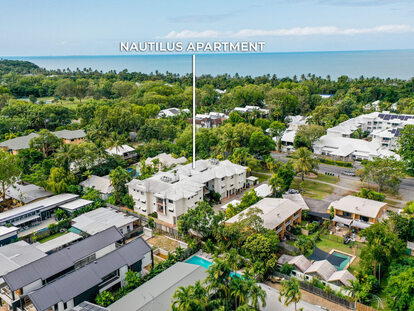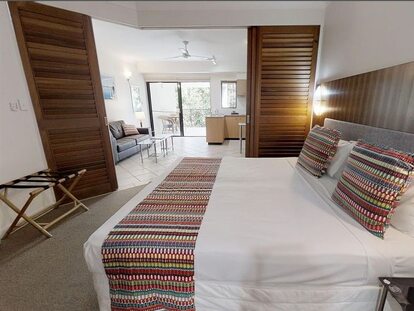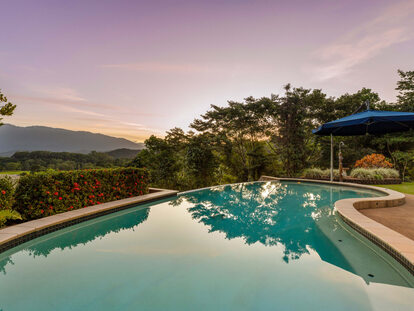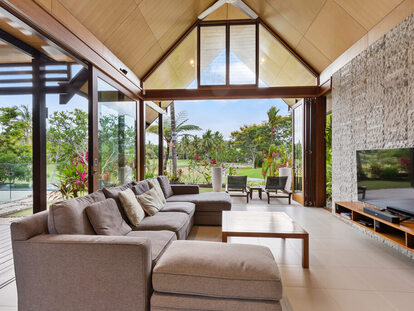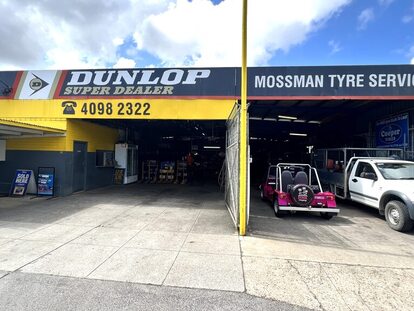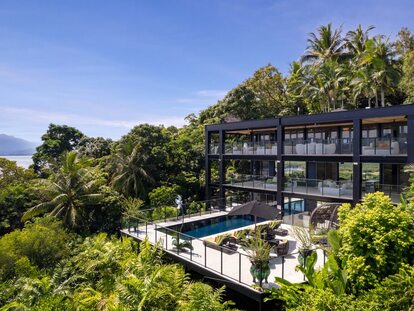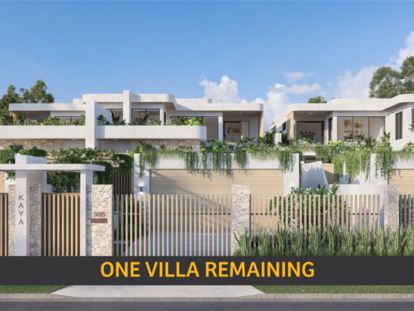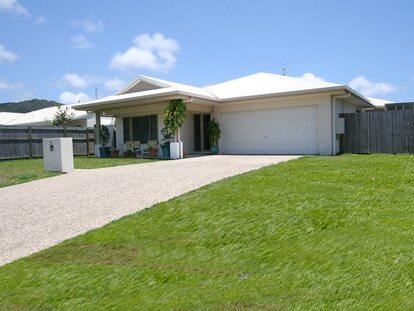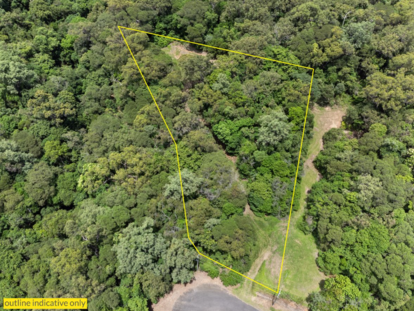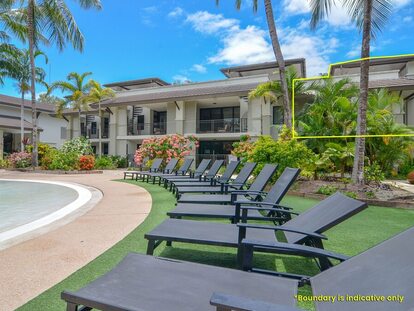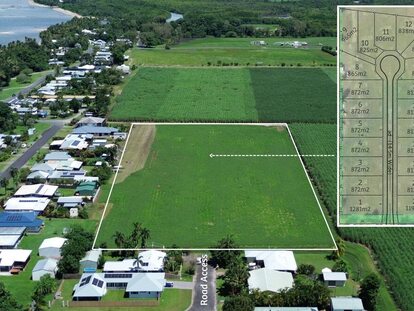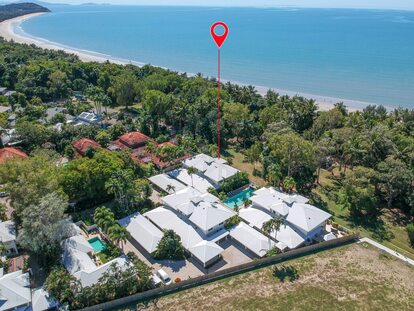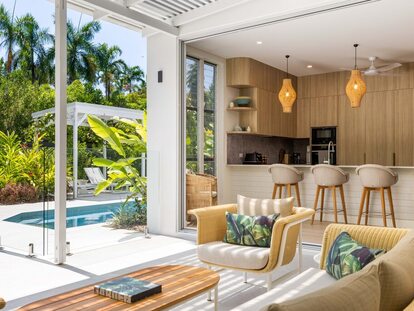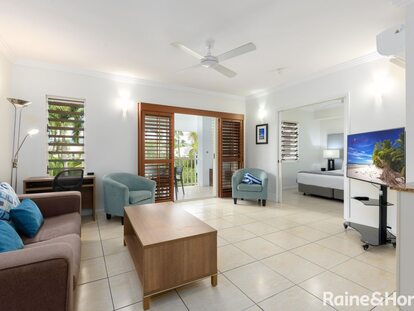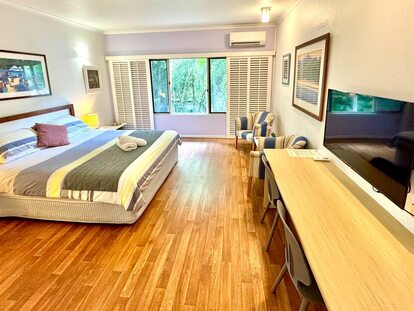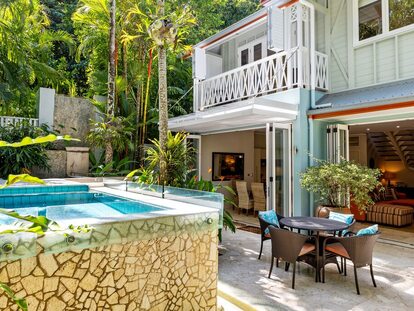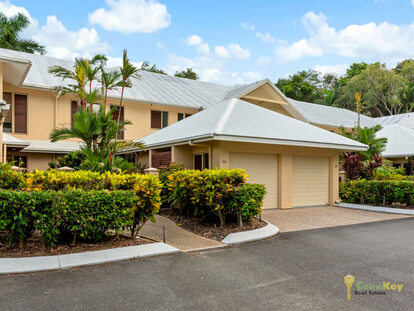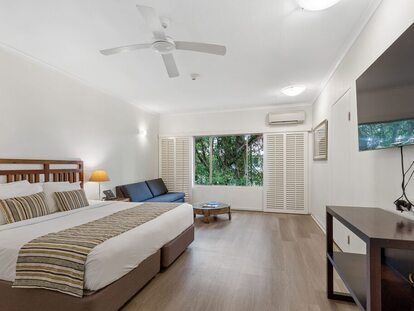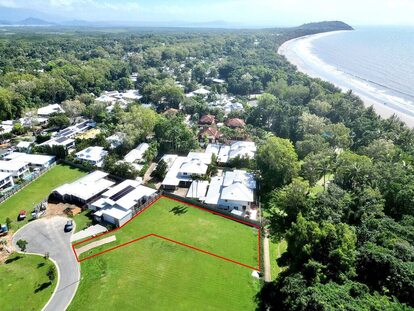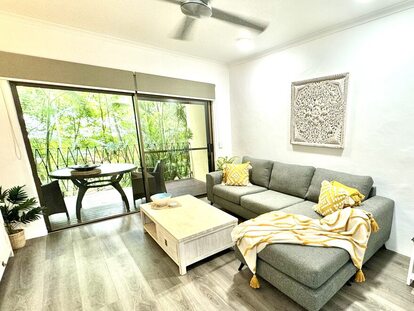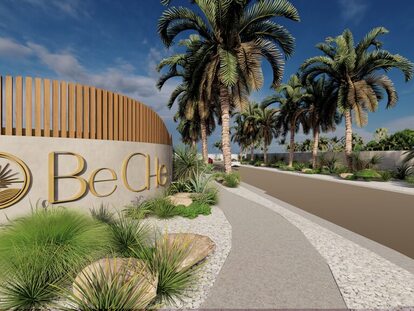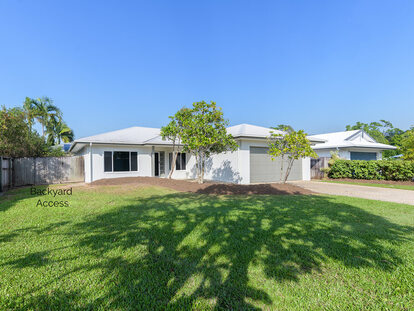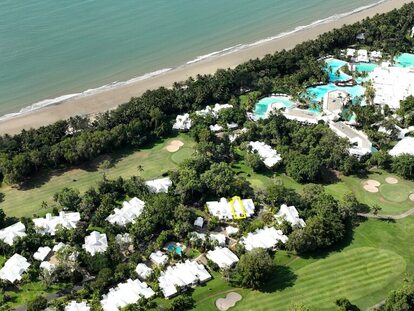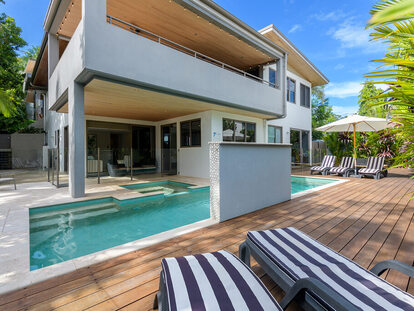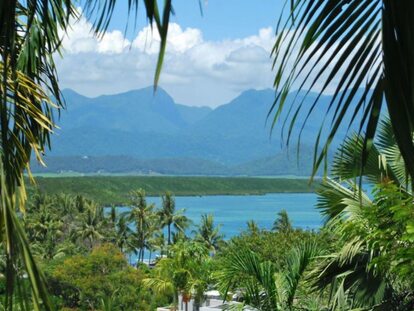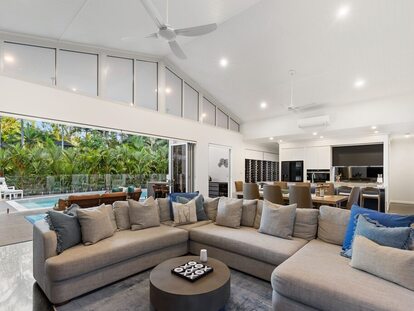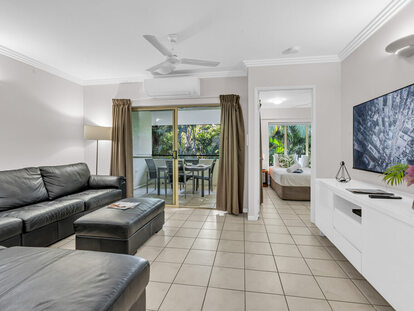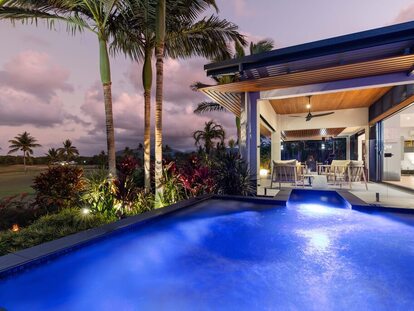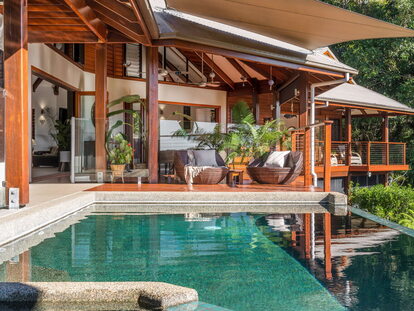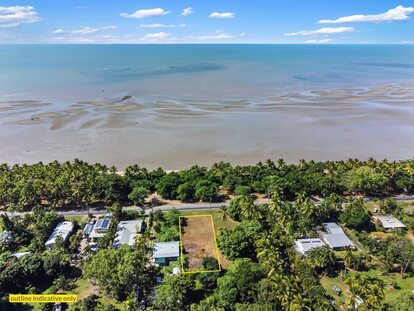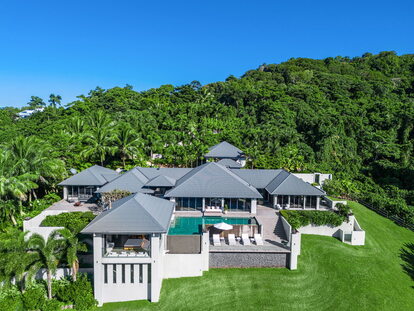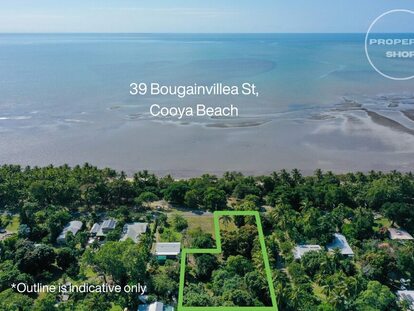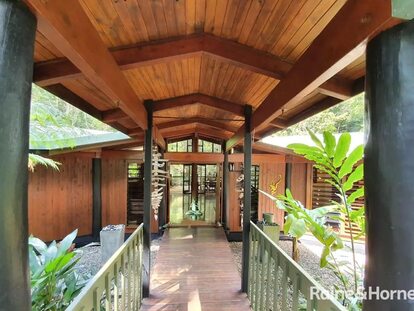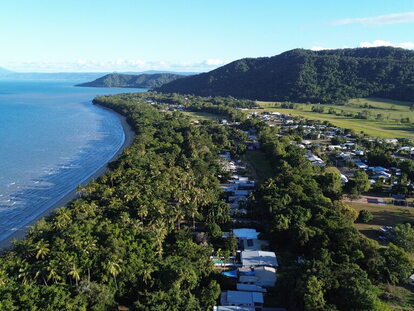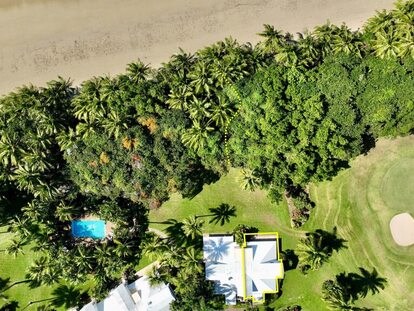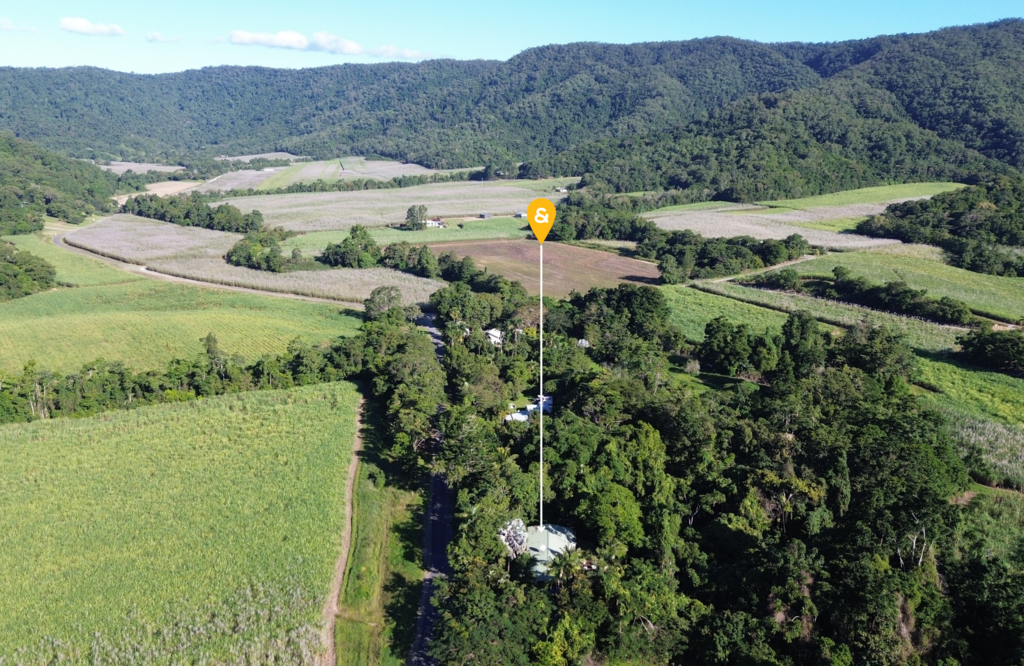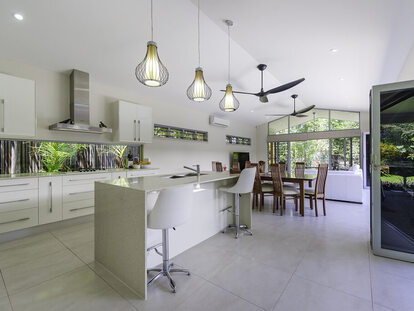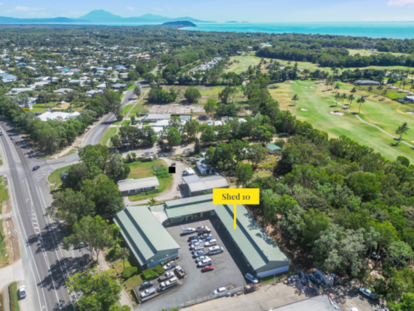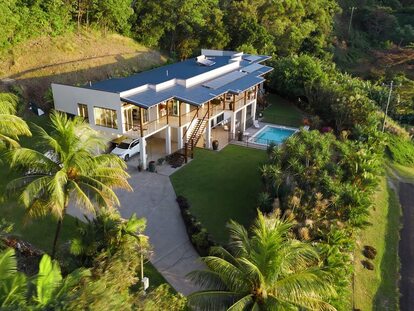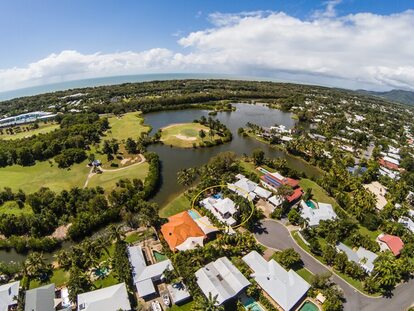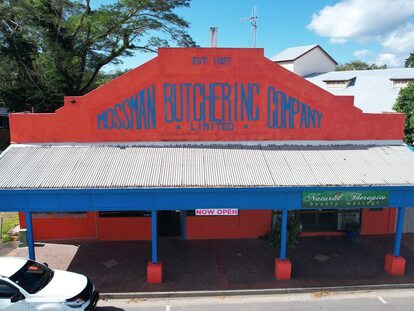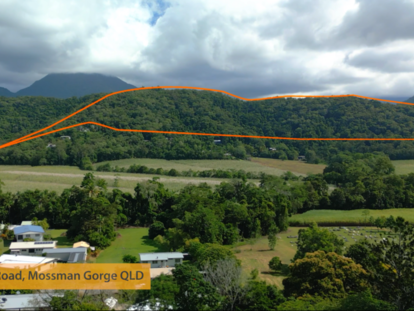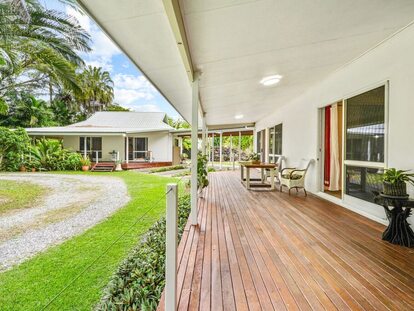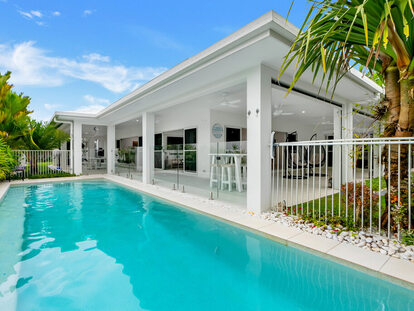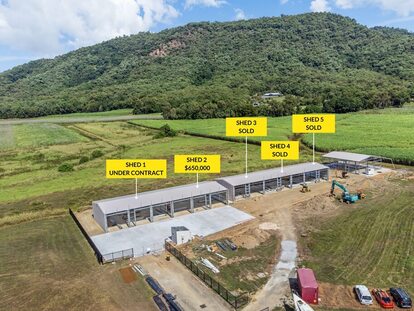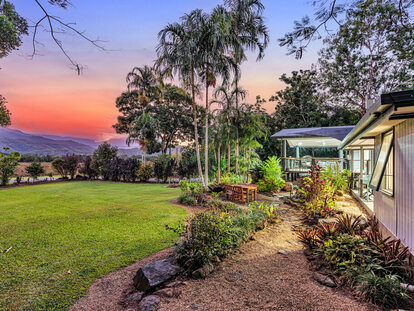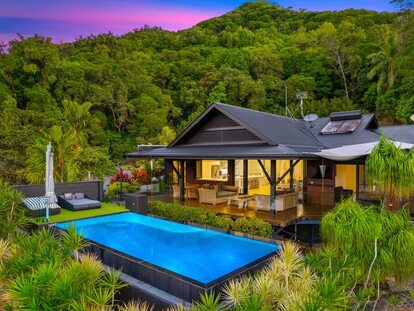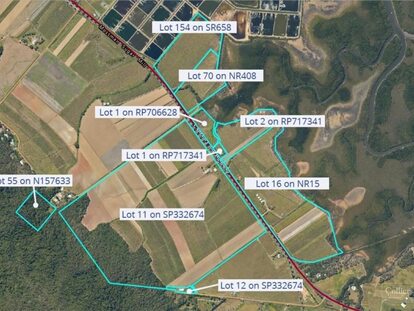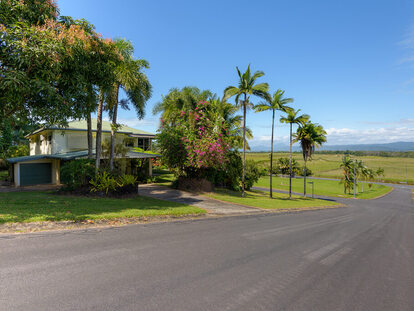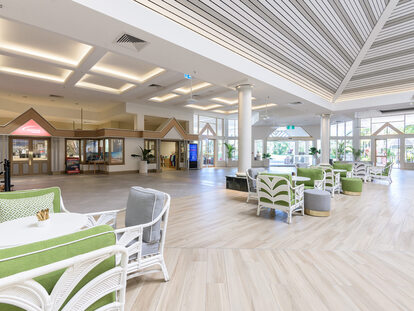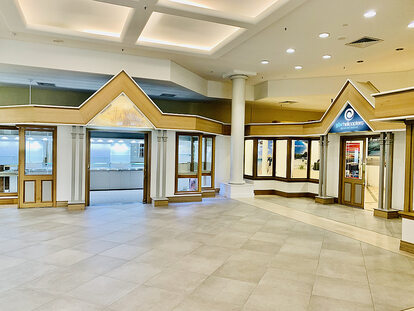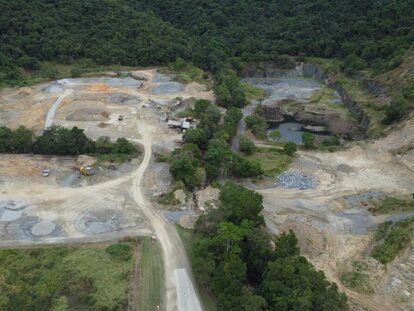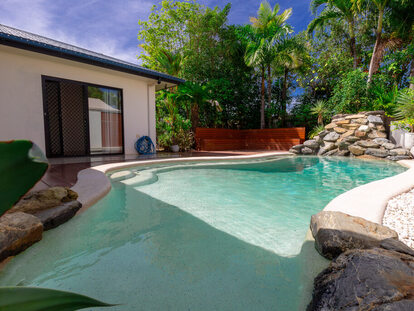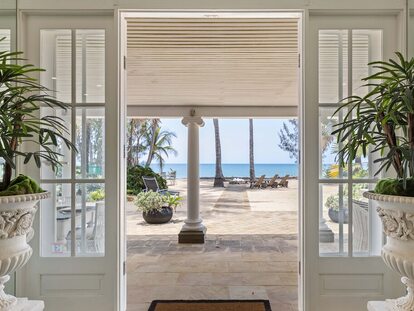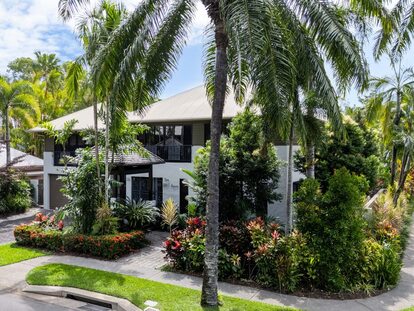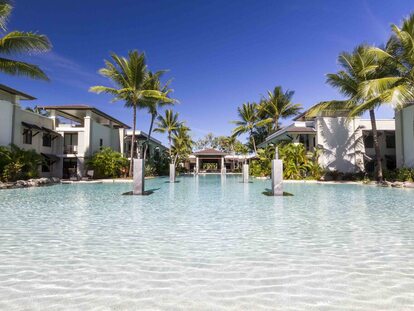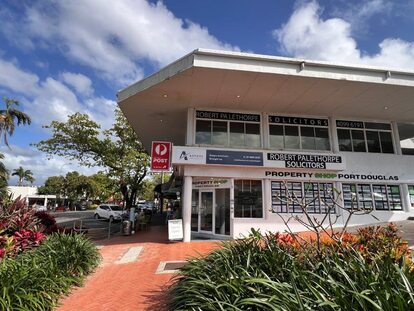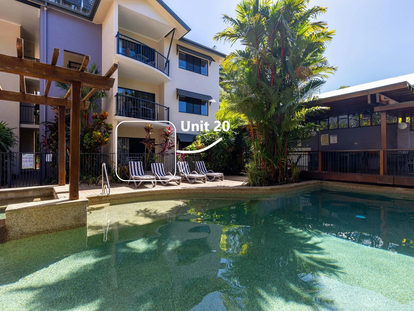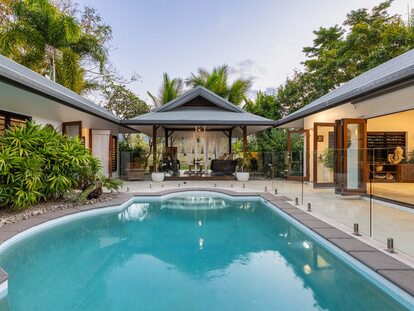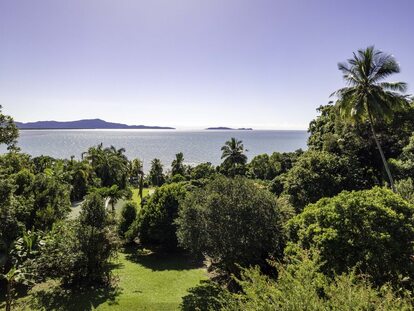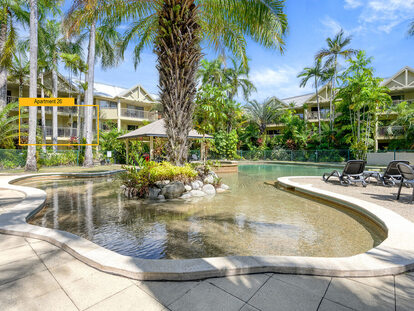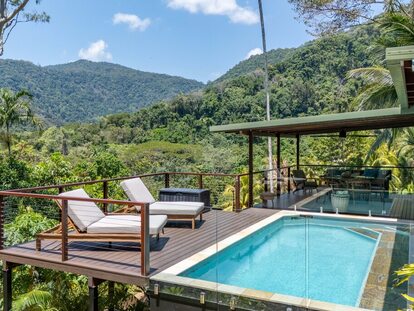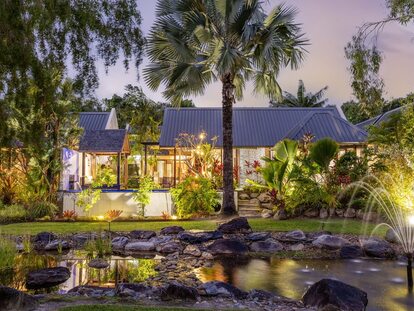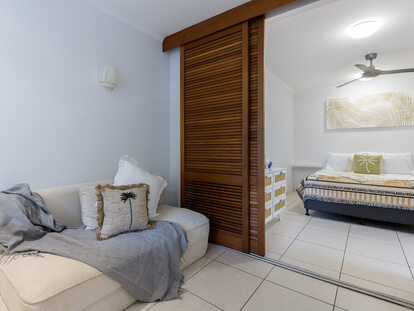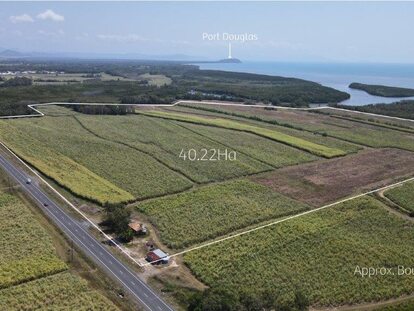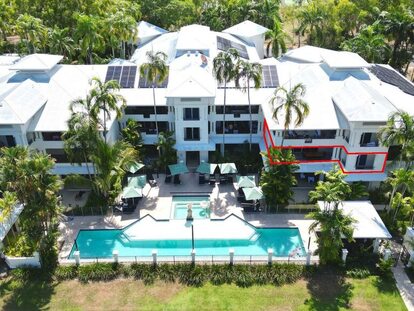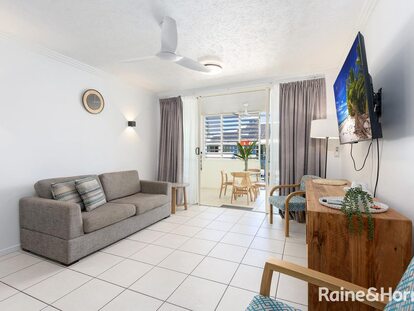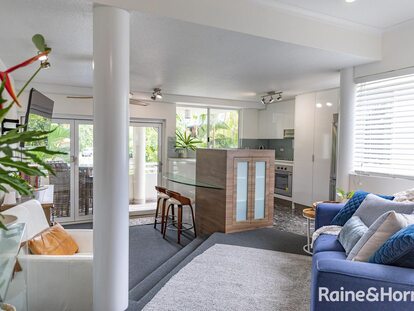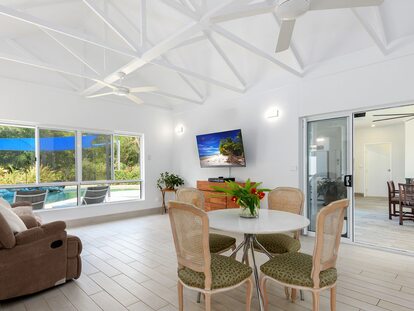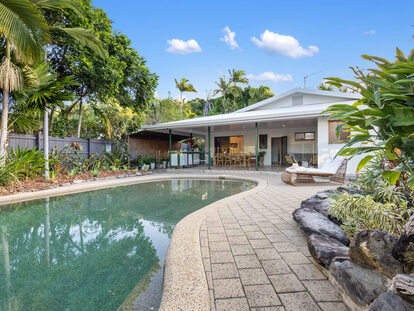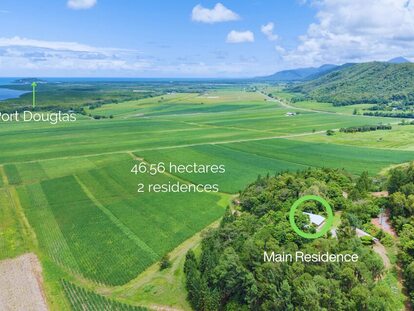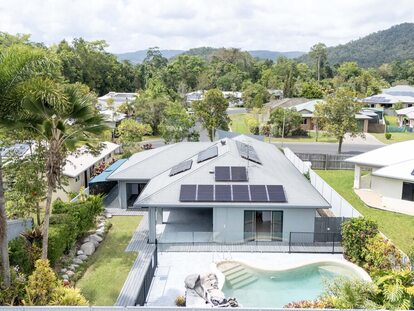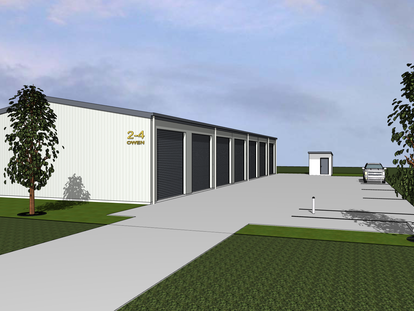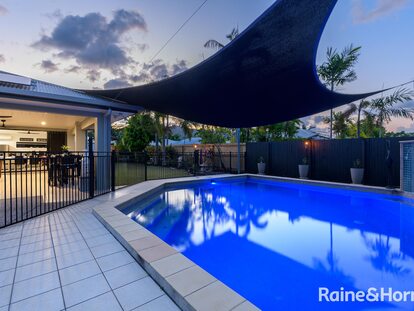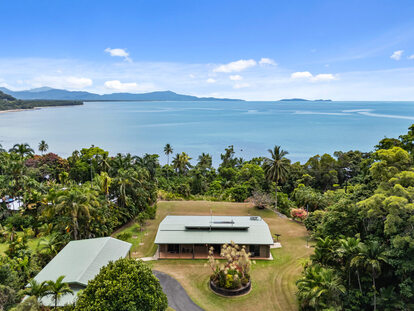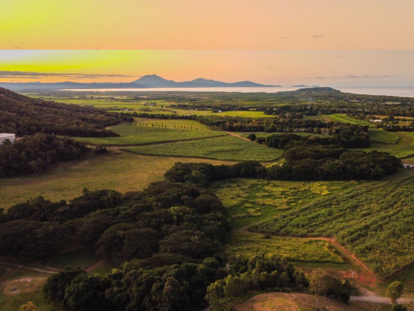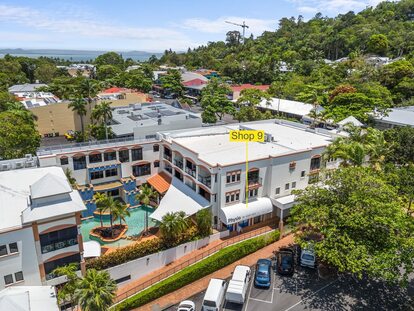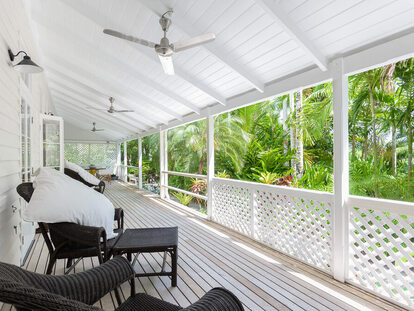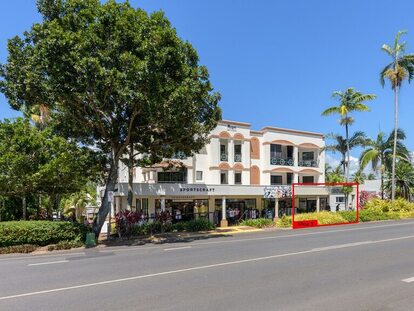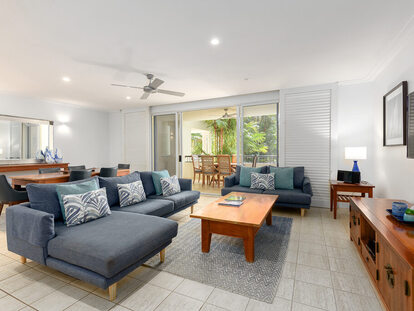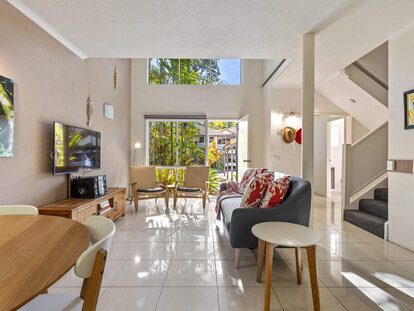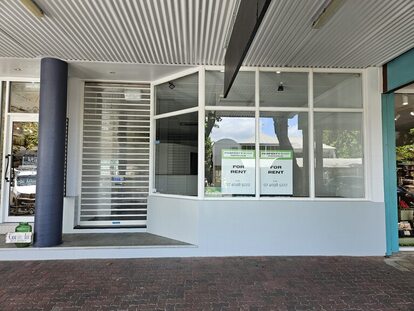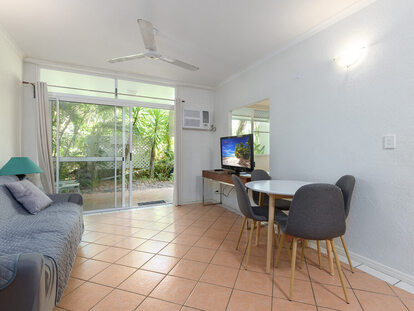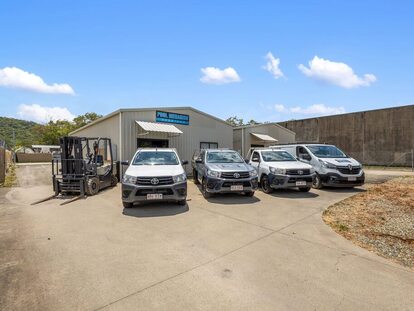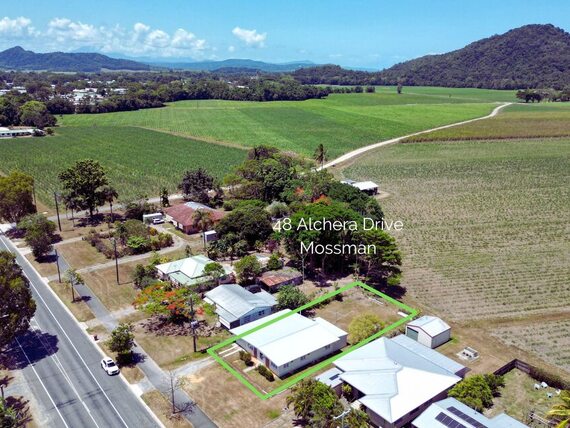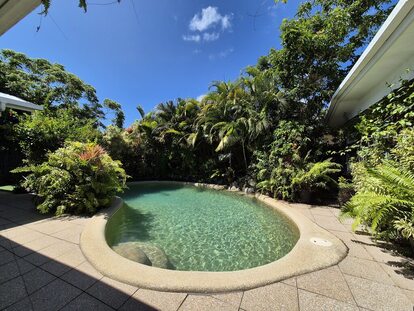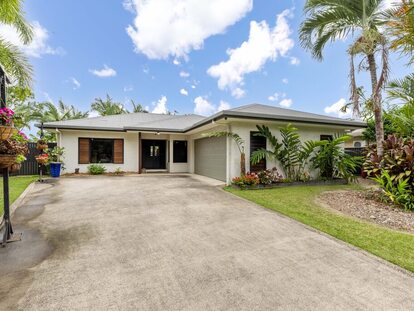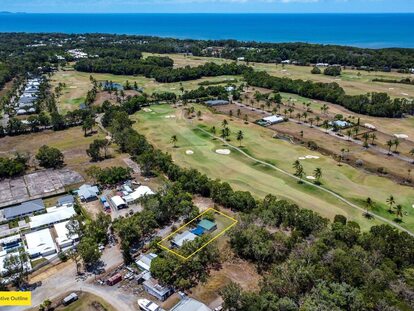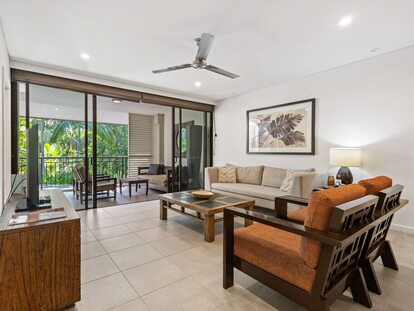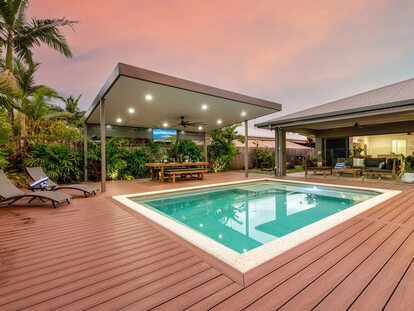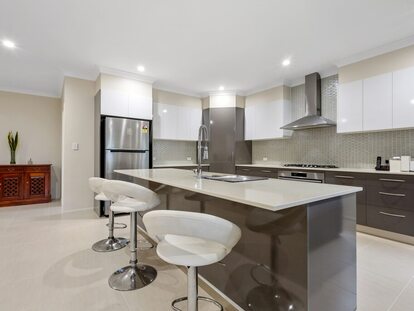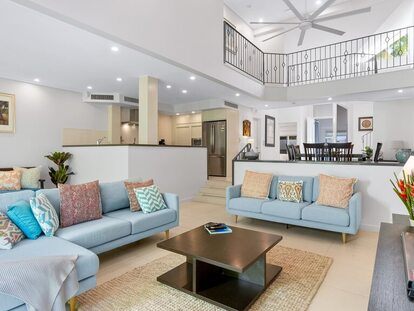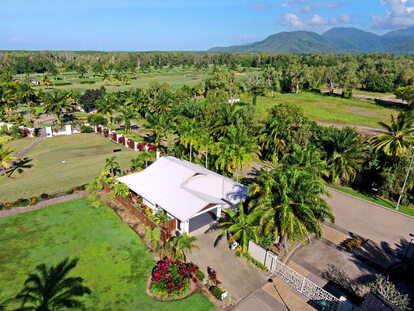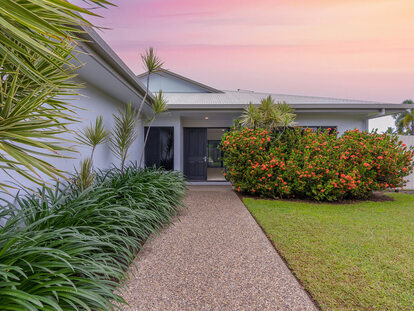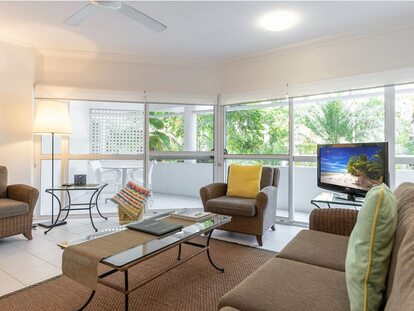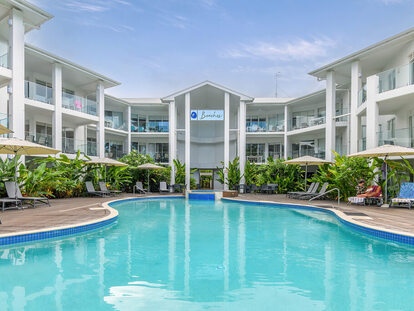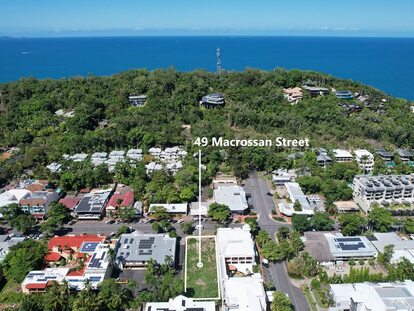|
(
34
)
|
Date
|
Start time
|
End time
|
Event name
|
Event description
|
Location
|
Cost
|
Website link
|
Event contact phone
|
Event contact email
|
Category (Maximum of 4 categories)
|
Terms and conditions
|
Name
|
Email
|
Phone
| |
|---|
| 1. |
Wednesday 12 February 2025
2025-02-12T00:00:00+10:00
|
1:00pm
|
4:00pm
|
Four Mile Beach Monthly Clean-up
|
Looking for a way to be part of practical solutions for our environment? Four Mile Beach in Port Douglas is one of our longest-running QLD beach monitoring sites. We have been cleaning and collecting data from this site each month for the past 12 years.
Volunteers need to wear enclosed shoes, bring sun/rain protection, and plenty of drinking water (1 to 2 litres is recommended). We try to ensure that all Tangaroa Blue events are free from single-use plastic, so bring along your reusable water bottle. All equipment and drinking water top-ups will be provided.
To register or for any questions, please email [email protected]. Thank you for dedicating your energy towards protecting our oceans, and we look forward to seeing you out on the beach!
|
Daintree Lounge at the Sheraton Grand Mirage, Port Douglas
|
Free
|
https://tangaroablue.org/events-calendar/four-mile-beach-north-and-middle-regular-monthly-clean-up-event-qld-44-445/
| |
[email protected]
|
Community Event, Free Event
| |
Lucy
|
[email protected]
|
0431870165
| |
| 2. |
Saturday 8 February 2025
2025-02-08T00:00:00+10:00
|
8:45 am registration for 9:00 am start
|
12:30 pm
|
Qigong Workshop - Finding Joy with the Fire Element
|
A relaxing morning workshop for your health and wellness.
This workshop will provide:
- information on how Qigong impacts your health and sense of well-being,
- qigong sessions that focus on the fire element and the associated heart meridian,
- morning tea and
- a Qigong meditation session.
Don't hesitate to contact Judi to register. Pay with cash or card on the day.
If you are new to Qigong this is the perfect place to start as no experience is needed for this workshop.
Qigong incorporates smooth gentle movements, breathing techniques and mediation to enhance the flow of energy through the body.
|
Under the Grandstand at the Mossman show grounds (with AC)
|
$40 each
|
https://www.qigongforhealth.com.au/retreats
|
04 7330 5070
|
[email protected]
|
Workshop or Training
| |
Judi Tapp
|
[email protected]
|
0473305070
| |
| 3. |
Tuesday 4 February 2025
2025-02-04T00:00:00+10:00
|
9:30am
|
11am
|
Tin Shed Community Grant Info Meeting
|
TO CONNECT NOT-FOR-PROFIT ORGANISATIONS, LOCAL SPORTING CLUBS, AND KEY COUNCIL MEMBERS WITH VALUABLE INFORMATION ABOUT THE GRANTS AND FUNDING OPPORTUNITIES WE OFFER WITHIN OUR COMMUNITY CLUB.
|
The Tin Shed, 7 Ashford Avenue
|
Free
| |
0740995553
|
[email protected]
|
Community Event
| |
Ellie
|
[email protected]
|
0740995553
| |
| 4. |
Sunday 9 February 2025
2025-02-09T00:00:00+10:00
|
1:30pm
|
4:30pm
|
Shanice and Mereana live entertainment
|
Enjoy an afternoon of live entertainment performed by local artists Shanice and Mereana. Join us in the Bistro for lunch from 11:30am and choose from the new menu selections available.
|
Club Mossman
|
Free
|
www.clubmossman.com.au
|
0740981434
|
[email protected]
|
Live Entertainment
| |
Melissa Di Pietro
|
[email protected]
|
0740981434
| |
| 5. |
Friday 24 January 2025
2025-01-24T00:00:00+10:00
|
7:30pm
|
10:30pm
|
Shanice and Mereana live entertainment
|
Enjoy live entertainment performed by local artists Shanice and Mereana. Join us in the Bistro for dinner from 5:30pm and choose from the new menu selections available.
|
Club Mossman
|
Free
|
www.clubmossman.com.au
| |
[email protected]
|
Live Entertainment
| |
Melissa Di Pietro
|
[email protected]
|
0740981434
| |
| 6. |
Friday 31 January 2025
2025-01-31T00:00:00+10:00
|
7:30pm
|
10pm
|
Rockin' Rick Karaoke
|
Enjoy a fun night of music and local singers with Rockin' Rick Karaoke. Join us in the Bistro for dinner from 5:30pm and choose from the new menu selections available.
|
Club Mossman
|
Free
|
www.clubmossman.com.au
|
0740981434
|
[email protected]
|
Live Entertainment
| |
Melissa Di Pietro
|
[email protected]
|
0740981434
| |
| 7. |
Sunday 26 January 2025
2025-01-26T00:00:00+10:00
|
11 am
|
Until food runs out
|
Australia Day Cow Bay Beach BBQ
|
Daintree Coast Community Shed Fundraising BBQ.
Stallholders Welcome
Omnivores & herbivores catered for.
Drinks, cakes, burgers, kebabs & snags
|
COW BAY BEACH QLD
|
$
| |
0427006607
|
[email protected]
|
Community Event, Family Event, Markets
|
Stall holders to have own insurance.
|
Cindy McLaughlin
|
[email protected]
|
0427006607
| |
| 8. |
Saturday 15 February 2025
2025-02-15T00:00:00+10:00
|
6PM
|
10PM
|
Girls' Night Out at Harrisons
|
Our epic annual, Girl's Night Out is back for it's ninth annual series and as a featured event in February's Month of Love at the Sheraton Grand Mirage Resort, Port Douglas.
Enjoy a night of food, live music and fabulous company in the air-conditioned comfort of Harrisons as we come together for a much needed re-connect with old and new friends.
Ladies' will enjoy canapes on arrival followed by two delicious Feasting style courses. You are welcome to BYO wine or purchase all drinks from our cash bar on the night.
In 2025, we will be once again partnering with Mossman Support Services to raise funds to support the important work they do. Mossman Support Services are the leading community support service in the region and empower people to live their best lives.
$10 from every ticket plus100% of funds raised from raffles and auctions on the night will go to our event partner to support their mission of providing services that enrich people's lives and build a resilient and connected community.
|
Harrisons Restaurant
|
$99
|
https://www.eventbrite.com.au/e/1111022932499?aff=oddtdtcreator
| | |
Food & Wine Event
| |
Alina
|
[email protected]
|
0740995888
| |
| 9. |
Saturday 15 February 2025
2025-02-15T00:00:00+10:00
|
3PM
|
4PM
|
Gin Masterclass with Wolf Lane Distillery
|
This Month of Love, Wolf Lane co-founder Sam Kennis joins us at the Daintree Bar to take our guests on a gin journey. Starting with a cocktail on arrival and followed by a taste of Wolf Lane’s four signature products paired with chef-prepared canapes, this is an event any gin-lover won’t want to miss!
This fun and insightful masterclass will include:
Taste of Wolf Lane's four signature spirits: Limoncello, Tropical Gin, Davidson Plum Gin & Coffee Liqueur -
Light bites, paired with each spirit -
Wolf Lane gin cocktail -
Insights from Wolf Lane co-founder Sam Kennis -
$59 per ticket. Booking fees not included.
|
Daintree Bar & Lounge
|
$59
|
https://www.eventbrite.com.au/e/wolf-lane-gin-masterclass-at-daintree-bar-tickets-1119579064119?aff=newsport
| | |
Food & Wine Event
| |
Alina
|
[email protected]
|
0740995888
| |
| 10. |
Saturday 8 February 2025
2025-02-08T00:00:00+10:00
|
6PM
|
9PM
|
Seafood Marketplace Buffet: Month of Love Edition
|
The resort's signature Seafood Marketplace Buffet - this month with a special Month of Love cocktail offered to all guests on arrival!
Enjoy the finest fare that the Australian seas have to offer, including fresh sushi, an endless supply of oysters, prawns, fish, scallops and more accompanied by gourmet salads, sides and a decadent dessert bar.
$69 per child (5-12), $139 per adult.
|
Sheraton Grand Mirage Resort Port Douglas
| |
https://www.sevenrooms.com/events/feastthedeck
|
0740995888
|
[email protected]
|
Food & Wine Event
| |
Alina
|
[email protected]
|
0740995888
| |
| 11. |
Saturday 1 February 2025
2025-02-01T00:00:00+10:00
|
6PM
|
9PM
|
Takeover Dinner: Lagoon House Restaurant x Lúc Lắc with Shaw + Smith
|
Brisbane's hottest new Asian-fusion restaurant is coming to Lagoon House Restaurant for one night only! At this fabulous al fresco culinary event, attendees can expect:
· Lúc Lắc signature cocktail on arrival
· Feasting style menu of delicious snacks, entrees, mains and desserts
· Selection of expertly paired Shaw + Smith wines with tasting notes provided by Penny Grant
PLUS, all event attendees will be entered into a draw to win a $150 dining voucher to use at Lúc Lắc in Brisbane!
$149 per person, including welcome cocktail, Shaw + Smith wines and selection of beers and soft drinks. Booking fees excluded.
|
Lagoon House Restaurant Port Douglas
| |
https://www.eventbrite.com.au/e/takeover-dinner-lagoon-house-restaurant-x-luc-lac-tickets-1118431963109?aff=NewsportWhatsOn
|
0740995888
|
[email protected]
|
Food & Wine Event
| |
Alina Polishuk
|
[email protected]
|
0740995888
| |
| 12. |
Saturday 1 February 2025
2025-02-01T00:00:00+10:00
|
8 am
|
9.30am
|
Working Bee at Mossman Botanic Garden -
|
Join us at the GARDEN OF WOVEN MEMORIES as we share knowledge, collaborate make new friends. Remember to bring a water bottle, sun protection, and gloves.
|
Mossman Botanic Garden, Foxton Ave, Mossman
|
nil
| |
0422700904
|
[email protected]
|
Community Event, Free Event
| |
Monika Prins
|
[email protected]
|
0422700904
| |
| 13. |
Saturday 1 February 2025
2025-02-01T00:00:00+10:00
|
8 am
|
9.30am
|
Working Bee at Mossman Botanic Garden -
|
Join us as we share knowledge, collaborate make new friends. Remember to bring a water bottle, sun protection, and gloves.
Take advantage of this wonderful opportunity to grow together!
|
Circle of Plenty, Mossman Botanic Garden, Foxton Ave, Mossman
|
Nil
| |
0422700904
|
[email protected]
|
Community Event, Family Event, Free Event
| |
Monika Prins
|
[email protected]
|
0422700904
| |
| 14. |
Tuesday 28 January 2025
2025-01-28T00:00:00+10:00
|
7 am
|
8.30am
|
Community Food Gardening at Circle of Plenty
|
Join us as we share knowledge, collaborate, and harvest from the Community Garden. Remember to bring a water bottle, sun protection, and gloves.
Take advantage of this wonderful opportunity to grow together!
|
Circle of Plenty, Mossman Botanic Garden, Foxton Ave, Mossman
|
Nil
| |
0422700904
|
[email protected]
|
Community Event, Family Event, Free Event
| |
Monika Prins
|
[email protected]
|
0422700904
| |
| 15. |
Saturday 15 February 2025
2025-02-15T00:00:00+10:00
|
7 am
|
8.30am
|
Community Food Gardening at Circle of Plenty
|
Join us as we share knowledge, collaborate, and harvest from the Community Garden. Remember to bring a water bottle, sun protection, and gloves.
Take advantage of this wonderful opportunity to grow together!
|
Circle of Plenty, Mossman Botanic Garden, Foxton Ave, Mossman
|
Nil
| |
0422700904
|
[email protected]
|
Community Event, Family Event, Free Event
| |
Monika Prins
|
[email protected]
|
0422700904
| |
| 16. |
Saturday 25 January 2025
2025-01-25T00:00:00+10:00
|
7 am
|
8.30am
|
Community Food Gardening at Circle of Plenty
|
Join us as we share knowledge, collaborate, and harvest from the Community Garden. Remember to bring a water bottle, sun protection, and gloves. SPECIAL INFO SESSION 8.30am:we share insights about workshops on tropical food growing, hay bale gardening, and everything seeds.
Take advantage of this wonderful opportunity to grow together!
|
Circle of Plenty, Mossman Botanic Garden, Foxton Ave, Mossman
|
Nil
| |
0422700904
|
[email protected]
|
Community Event, Family Event, Free Event
| |
Monika Prins
|
[email protected]
|
0422700904
| |
| 17. |
Friday 7 February 2025
2025-02-07T00:00:00+10:00
|
7pm
|
8pm
|
Friday Night Sound Healing
|
Deep relaxation classes with Crystal Bowls and other frequency instruments. No experience required.
|
Port Douglas Yoga Studio
|
30
|
www.kategodfrey.com.au
|
0490954388
|
[email protected]
|
Arts & Culture, Community Event
| |
Kate Godfrey
|
[email protected]
|
0490954388
| |
| 18. |
Friday 31 January 2025
2025-01-31T00:00:00+10:00
|
7pm
|
8pm
|
Friday Night Sound Healing
|
Deep relaxation classes with Crystal Bowls and other frequency instruments. No experience required.
|
Port Douglas Yoga Studio
|
30
|
www.kategodfrey.com.au
|
0490954388
|
[email protected]
|
Arts & Culture, Community Event
| |
Kate Godfrey
|
[email protected]
|
0490954388
| |
| 19. |
Friday 24 January 2025
2025-01-24T00:00:00+10:00
|
7pm
|
8pm
|
Friday Night Sound Healing
|
Deep relaxation classes with Crystal Bowls and other frequency instruments. No experience required.
|
Port Douglas Yoga Studio
|
30
|
www.kategodfrey.com.au
|
0490954388
|
[email protected]
|
Arts & Culture, Community Event
| |
Kate Godfrey
|
[email protected]
|
0490954388
| |
| 20. |
Saturday 25 January 2025
2025-01-25T00:00:00+10:00
|
10am daily
|
4pm daily except Sundays 2pm
|
Tim Ellis GLIMPSES
|
Art Exhibition by Douglas Artist Tim Ellis
Cairns Art Gallery
25 January to 16 March 2024
Free Entry Open 7 days
|
Cairns Art Gallery, Cnr Shield and Abbott Streets, Cairns
|
Free
|
https://www.cairnsartgallery.com.au/whats-on/exhibitions/tim-ellis
|
+61 7 4046 4800
|
[email protected]
|
Arts & Culture
| |
Tim Ellis
|
[email protected]
|
0437009666
| |
| 21. |
Thursday 27 February 2025
2025-02-27T00:00:00+10:00
|
7pm
|
9pm
|
Bingo
|
Come and enjoy a game of Bingo at Club Mossman. Bistro is open from 5:30pm, book in and try our new menu items.
|
Club Mossman
|
$1-$15 according to book size
|
www.clubmossman.com.au
|
0740981434
|
[email protected]
|
Trivia & Games
| |
Melissa Di Pietro
|
[email protected]
|
0740981434
| |
| 22. |
Thursday 13 February 2025
2025-02-13T00:00:00+10:00
|
7pm
|
9pm
|
Bingo
|
Bingo at Club Mossman. Enjoy a great meal in our new Bistro with a range of new menu items available. Bistro opens at 5:30pm.
|
Club Mossman
|
$1-$15 according to book size
|
www.clubmossman.com.au
|
0740981434
|
[email protected]
|
Trivia & Games
| |
Melissa Di Pietro
|
[email protected]
|
0740981434
| |
| 23. |
Thursday 23 January 2025
2025-01-23T00:00:00+10:00
|
7pm
|
9pm
|
Bingo
|
Bingo is back at Club Mossman every 2nd Thursday of the month. New Bistro Menu is available from 5:30pm.
|
Club Mossman
|
$1-$15 according to book size
|
www.clubmossman.com.au
|
0740981434
|
[email protected]
|
Trivia & Games
| |
Melissa Di Pietro
|
[email protected]
|
0740981434
| |
| 24. |
Sunday 23 March 2025
2025-03-23T00:00:00+10:00
|
9:00am
|
Midday
|
Port Douglas SLSC Sign On Day
|
Join the Port Douglas Surf Life Saving Club for our Sign On Day on Sunday, 23 March, and become part of a vital community dedicated to beach safety! We warmly welcome new lifesavers and Nipper families to explore what it means to be a volunteer surf lifesaver and participate in an exciting Nipper season. Lifesaving is a rewarding experience, with training and activities designed to build skills, confidence, and friendships. Volunteers can become lifesavers from age 13, while children as young as 5 can join our Nipper program. Come along to learn more and be part of our proud lifesaving tradition!
|
Port Douglas Surf Life Saving Club
| |
https://www.portdouglassurf.club/
|
(07) 4099 5360
|
[email protected]
|
Community Event, Family Event, Sport Event
| |
Irene Cats
|
[email protected]
|
0428875275
| |
| 25. |
Thursday 6 March 2025
2025-03-06T00:00:00+10:00
|
6:00pm
|
8:00pm
|
Open Mic @ Ellis Beach Bar & Grill
|
Calling all music lovers! Join us for 'Get Out of the Bedroom, Open Mic Night' at Ellis Beach Bar & Grill. Gather your friends, enjoy a delicious dinner, and groove to a diverse range of tunes. Each musician gets a 15-minute set to showcase their talent. Kick off your month right – our open mic night happens every 1st Thursday of the month!
First Thursday of Every Month • 6 - 8pm
15 min sets per muso.
Attention Musicians...
To book your spot, TXT KATIE 0403 416 607
|
Ellis Beach Bar & Grill
| |
https://www.entertainmentcairns.com/ellis-beach-bar-grill
| | |
Free Event, Live Entertainment
| |
Jesse
|
[email protected]
|
0458556237
| |
| 26. |
Sunday 26 January 2025
2025-01-26T00:00:00+10:00
|
1:00pm
|
4:00pm
|
Josh Kenwright @ Ellis Beach Bar & Grill
|
It's Sunday Live Music at Ellis Beach Bar & Grill 1pm - 4pm with Josh Kenwright!
Josh Kenwright is bringing a very diverse range from pop/rock/hip-hop/folk with a dash of funk. With smooth loops and speedy fretboard work you'll truly be entertained. Writing songs about his life thus far you will be taken on a touching experience of truth and passion.
What else is on?
• $2 Oysters available 1pm to 4pm unless sold out earlier
Don't feel like driving? Our courtesy bus will be operating 12:00pm - 6:00pm with pickups from Palm Cove, Clifton Beach, Kewarra Beach* & Trinity Beach*; Just call when you're ready to go!
*5 people or more
Check out our website for upcoming events, menus, specials and more!
https://ellisbeachbarandgrill.com.au/live-music-ellis-beach-cairns/
|
Ellis Beach Bar & Grill
| |
https://www.entertainmentcairns.com/ellis-beach-bar-grill
| | |
Free Event, Live Entertainment
| |
Jesse
|
[email protected]
|
0458556237
| |
| 27. |
Saturday 25 January 2025
2025-01-25T00:00:00+10:00
|
5:30pm
|
8:30pm
|
Icaro @ Ellis Beach Bar & Grill
|
It's Saturday Live Music at Ellis Beach Bar & Grill 5:30pm - 8:30pm with Icaro!
Icaro brings reggae roots, dancehall, Afro Latin, hip hop and more to the stage. Beats and grooving bass lines combined with smooth lyrics are sure to touch your mind, body and soul. Raised in Colombia amongst the ethnic rhythms of the tambores and maracas. Icaro’s vision is to share his mix of traditional culture and reggae music.
What else is on this Saturday?
• FREE Pancakes for the Kids** - From 7am to 11.30am
• $25 Crispy Squid Plate - From 12pm - 8pm
Don't feel like driving? Our courtesy bus will be operating 12:00pm - 9:00pm with pickups from Palm Cove, Clifton Beach, Kewarra Beach* & Trinity Beach*; Just call when you're ready to go!
*5 people or more
Check out our website for upcoming events, menus, specials and more!
https://ellisbeachbarandgrill.com.au/live-music-ellis-beach-cairns/
**Purchase any main meal and your child eats for free, under 14yo. Not available in conjunction with any other specials/deals.
|
Ellis Beach Bar & Grill
| |
https://www.entertainmentcairns.com/ellis-beach-bar-grill
| | |
Free Event, Live Entertainment
| |
Jesse
|
[email protected]
|
0458556237
| |
| 28. |
Tuesday 11 February 2025
2025-02-11T00:00:00+10:00
|
5:30pm
|
8:30pm
|
Jimmy James @ Ellis Beach Bar & Grill
|
It's Saturday Live Music at Ellis Beach Bar & Grill 5:30pm - 8:30pm with Jimmy James!
He's bringing you Unplugged Classic Hits on stage all evening.
What else is on this Saturday?
• FREE Pancakes for the Kids** - From 7am to 11.30am
• $25 Crispy Squid Plate - From 12pm - 8pm
Don't feel like driving? Our courtesy bus will be operating 12:00pm - 9:00pm with pickups from Palm Cove, Clifton Beach, Kewarra Beach* & Trinity Beach*; Just call when you're ready to go!
*5 people or more
Check out our website for upcoming events, menus, specials and more!
https://ellisbeachbarandgrill.com.au/live-music-ellis-beach-cairns/
**Purchase any main meal and your child eats for free, under 14yo. Not available in conjunction with any other specials/deals.
|
Ellis Beach Bar & Grill
| |
https://www.entertainmentcairns.com/ellis-beach-bar-grill
| | |
Free Event, Live Entertainment
| |
Jesse
|
[email protected]
|
0458556237
| |
| 29. |
Thursday 23 January 2025
2025-01-23T00:00:00+10:00
|
6pm
|
7:30pm
|
Easy As - Free social media workshop for small business
|
Calling all small business owners in Port Douglas!
Do you struggle to post on social media?
Do you find it confusing and time consuming with little to no results?
Do you want to appeal to tourists but not sure where to start?
Join me for a FREE social media workshop and let's tackle it together
I get it. Social media can be a headache. But, when used correctly it is also a very powerful tool to build an engaged community and drive customers directly to you.
The problem is, you're not quite sure how to do it. The good news is - I do.
IF YOU'RE
- Not sure where to start when it comes to posting
- Struggling to be consistent online
- Wanting to learn how to easily create engaging content
- Tired of spending hours on content and not getting results
WHAT YOU'LL LEARN
How to create content that grabs attention and attracts customers
The secrets to consistently showing up online without the overwhelm
Practical tips to grow your audience and boost engagement without spending a cent
How to plan, create, and schedule content like a pro
YOUR HOST
This workshop is hosted by Port Douglas-based content creator and journalist, Lisa Keller. Specialising in crafting engaging content and building loyal audiences, Lisa is passionate about sharing her knowledge to help small businesses grow their online presence.
|
Lean Her Gym - 1/11 Warner Street, Port Douglas
|
FREE
|
https://www.eventbrite.com.au/e/easy-as-the-basics-of-social-media-and-content-creation-tickets-1112432348099?aff=oddtdtcreator
|
0401423643
|
[email protected]
|
Workshop or Training
| |
Lisa Keller
|
[email protected]
|
0401423643
| |
| 30. |
Sunday 17 August 2025
2025-08-17T00:00:00+10:00
|
6:00am
|
4:00pm
|
K2PD
|
The K2PD Ultra & Relay Trail Race is an epic trail-running adventure from Kuranda to Port Douglas, showcasing the stunning landscapes of Tropical North Queensland. Runners traverse diverse terrains, including rainforests, woodlands, and coastal tracks, testing endurance and resilience. Join us for a challenging, unforgettable journey through pine forest, native bush and World Heritage Wet Tropics rainforests!
|
Kuranda to Port Douglas
|
$100 for SOLO or $50 per team member
|
https://www.dynamicrunning.com.au/k2pd/
|
0417798444
|
[email protected]
|
Sport Event
| |
Lorraine Lawson
|
[email protected]
|
0417798444
| |
| 31. |
Friday 14 February 2025
2025-02-14T00:00:00+10:00
|
10am
|
9pm
|
Wet Season Indoor Golf League
|
Wet Season Indoor Golf League continues today with the final round of the competition. If you missed out on registration, don't stress, you can still enter the competition every week. Competition starts on Friday at 10am and runs until the following Thursday at 6pm. All games will be conducted on our GSPro system which is the industry leader in graphics and gameplay. There is a weekly cash prize on offer, and you can bring a few drinks along as we are BYO.
|
Daddyshack PD golf shop, bottom of Grant St, Port Douglas. Opposite the Quicksilver building.
|
$25
|
ttps://www.facebook.com/groups/1231198597727923
|
0478208529
|
[email protected]
|
Sport Event
|
Competition is open to all golfers of all skill levels. In the event of a tie, there will be a nearest the pin sudden death to determine the winner. Rounds start at Friday 10am and run until Thursday 6pm.
|
Michael Walsh
|
[email protected]
|
0414741163
| |
| 32. |
Friday 7 February 2025
2025-02-07T00:00:00+10:00
|
10am
|
9pm
|
Wet Season Indoor Golf League
|
Wet Season Indoor Golf League continues today with round 9 of the competition. If you missed out on registration, don't stress, you can still enter the competition every week. Competition starts on Friday at 10am and runs until the following Thursday at 6pm. All games will be conducted on our GSPro system which is the industry leader in graphics and gameplay. There is a weekly cash prize on offer, and you can bring a few drinks along as we are BYO.
|
Daddyshack PD golf shop, bottom of Grant St, Port Douglas. Opposite the Quicksilver building.
|
$25
|
ttps://www.facebook.com/groups/1231198597727923
|
0478208529
|
[email protected]
|
Sport Event
|
Competition is open to all golfers of all skill levels. In the event of a tie, there will be a nearest the pin sudden death to determine the winner. Rounds start at Friday 10am and run until Thursday 6pm.
|
Michael Walsh
|
[email protected]
|
0414741163
| |
| 33. |
Friday 31 January 2025
2025-01-31T00:00:00+10:00
|
10am
|
9pm
|
Wet Season Indoor Golf League
|
Wet Season Indoor Golf League continues today with round 8 of the competition. If you missed out on registration, don't stress, you can still enter the competition every week. Competition starts on Friday at 10am and runs until the following Thursday at 6pm. All games will be conducted on our GSPro system which is the industry leader in graphics and gameplay. There is a weekly cash prize on offer, and you can bring a few drinks along as we are BYO.
|
Daddyshack PD golf shop, bottom of Grant St, Port Douglas. Opposite the Quicksilver building.
|
$25
|
ttps://www.facebook.com/groups/1231198597727923
|
0478208529
|
[email protected]
|
Sport Event
|
Competition is open to all golfers of all skill levels. In the event of a tie, there will be a nearest the pin sudden death to determine the winner. Rounds start at Friday 10am and run until Thursday 6pm.
|
Michael Walsh
|
[email protected]
|
0414741163
| |
| 34. |
Friday 24 January 2025
2025-01-24T00:00:00+10:00
|
10am
|
9pm
|
Wet Season Indoor Golf League
|
Wet Season Indoor Golf League continues today with round 7 of the competition. If you missed out on registration, don't stress, you can still enter the competition every week. Competition starts on Friday at 10am and runs until the following Thursday at 6pm. All games will be conducted on our GSPro system which is the industry leader in graphics and gameplay. There is a weekly cash prize on offer, and you can bring a few drinks along as we are BYO.
|
Daddyshack PD golf shop, bottom of Grant St, Port Douglas. Opposite the Quicksilver building.
|
$25
|
ttps://www.facebook.com/groups/1231198597727923
|
0478208529
|
[email protected]
|
Sport Event
|
Competition is open to all golfers of all skill levels. In the event of a tie, there will be a nearest the pin sudden death to determine the winner. Rounds start at Friday 10am and run until Thursday 6pm.
|
Michael Walsh
|
[email protected]
|
0414741163
| |





